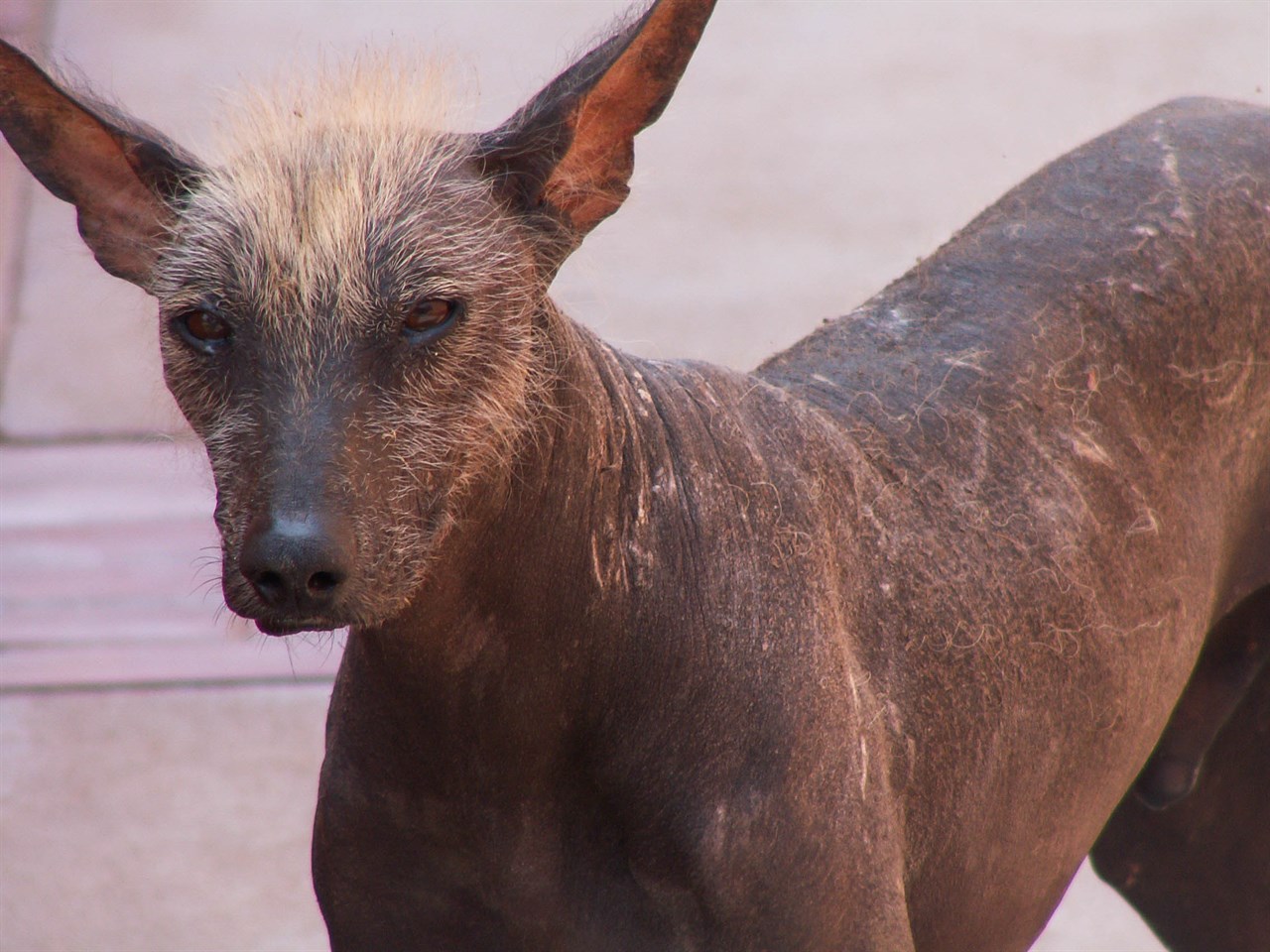Barking Habits of the Peruvian Hairless Dog: Understanding Their Vocal Nature

The Peruvian Hairless Dog, also known as the "Perro Sin Pelo del Peru," has distinct barking habits that are influenced by their temperament, upbringing, and surroundings. While they are not known for excessive barking like some other breeds, understanding their vocal nature is essential for harmonious living with these unique dogs.
Alertness and Watchfulness
Peruvian Hairless Dogs are naturally alert and watchful. They have an innate protective instinct that makes them excellent watchdogs. When they detect unfamiliar sounds, people, or animals in their vicinity, they are likely to bark to alert their owners. This is a valuable trait for those looking for a companion that can help keep their home safe.
Territorial Behaviour
These dogs tend to be somewhat territorial. They may bark to establish their presence and communicate boundaries, especially if they encounter other dogs or animals near their home. Proper socialisation can help reduce excessive territorial barking.
Communicative Barking
Peruvian Hairless Dogs use barking as a means of communication. They may bark to express excitement, happiness, or a desire to play. Understanding the context of their barking can help you respond appropriately to their needs.
Response to Anxiety
Like many dogs, Peruvian Hairless Dogs may bark when they are anxious or uncomfortable. Changes in their environment, unfamiliar people or animals, or loud noises can trigger anxiety-related barking. Providing a secure and comforting environment can help reduce this type of barking.
Training Influence
Proper training and socialisation can significantly impact a Peruvian Hairless Dog's barking behaviour. Positive reinforcement training can help teach them when it's appropriate to bark and when it's time to be quiet. Consistency in training is key to achieving desired results.
Tips for Managing Barking in Peruvian Hairless Dogs
- Socialisation: Expose your Peruvian Hairless Dog to various people, animals, and situations from a young age. This can help reduce anxiety-related barking and make them more comfortable in different environments.
- Positive Reinforcement Training: Use positive reinforcement techniques to teach your dog appropriate barking behaviours. Reward them when they bark in response to specific cues or situations and quiet them when their barking is excessive or unnecessary.
- Provide Mental Stimulation: Mental stimulation through toys, puzzles, and training exercises can help keep your dog's mind occupied, reducing boredom-related barking.
- Create a Quiet Environment: Minimise exposure to excessive noise that may trigger anxious barking. Create a calm and safe space for your dog where they can retreat when they feel uneasy.
- Consult a Professional: If your Peruvian Hairless Dog's barking habits become problematic or challenging to manage, consider seeking guidance from a professional dog trainer or behaviourist who specialises in addressing barking issues.
In conclusion, while the Peruvian Hairless Dog is not known for constant barking, they do communicate through vocalisations like any other dog breed. Understanding the reasons behind their barking and employing positive training techniques can help you manage and mitigate excessive barking while allowing your Peruvian Hairless Dog to express themselves appropriately in different situations.
Peruvian Hairless Dog puppies for sale
- Find Peruvian Hairless Dog puppies for sale in ACT
- Find Peruvian Hairless Dog puppies for sale in NSW
- Find Peruvian Hairless Dog puppies for sale in NT
- Find Peruvian Hairless Dog puppies for sale in QLD
- Find Peruvian Hairless Dog puppies for sale in SA
- Find Peruvian Hairless Dog puppies for sale in TAS
- Find Peruvian Hairless Dog puppies for sale in VIC
- Find Peruvian Hairless Dog puppies for sale in WA